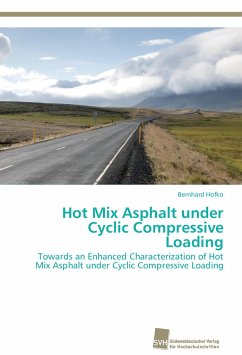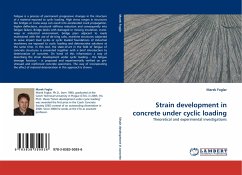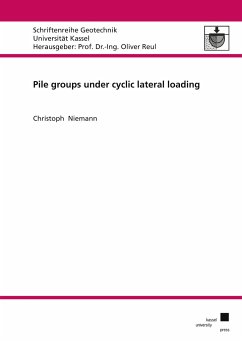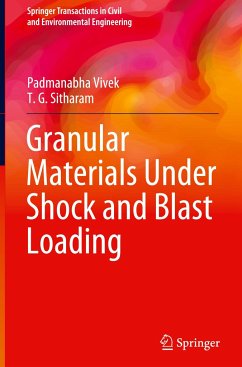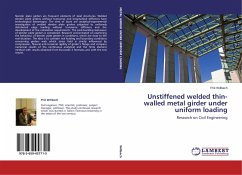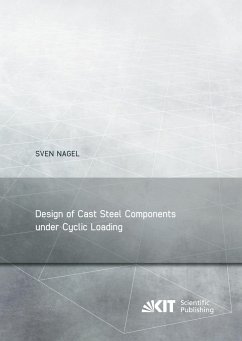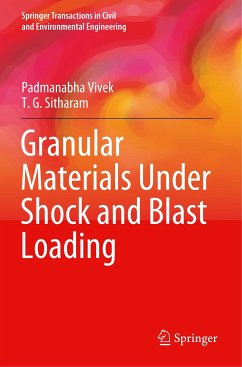
Concrete Structures under Fire Loading
From Experimental Characterization, Multiphase Modeling up to Structural Simulations of different Tunnel Geometries
Versandkostenfrei!
Versandfertig in 6-10 Tagen
53,99 €
inkl. MwSt.

PAYBACK Punkte
27 °P sammeln!
Recent fire hazards in tunnels have revealed the need of a better understanding of the performance of concrete and concrete structures subjected to high temperatures. This work starts at the material scale, where experiments were carried out, investigating the behavior of concrete in terms of thermal strains and elastic properties. Finally, the gap to real-scale tunnel fire simulations is closed by a multiphase model taking into account the constituents of concrete (aggregates, cement-paste, and pore space). State-of-the-art fire design in engineering practice is compared to more sophisticatin...
Recent fire hazards in tunnels have revealed the need of a better understanding of the performance of concrete and concrete structures subjected to high temperatures. This work starts at the material scale, where experiments were carried out, investigating the behavior of concrete in terms of thermal strains and elastic properties. Finally, the gap to real-scale tunnel fire simulations is closed by a multiphase model taking into account the constituents of concrete (aggregates, cement-paste, and pore space). State-of-the-art fire design in engineering practice is compared to more sophisticating modes of modeling tunnel structures under fire loading. The collected data should help to improve the numerical tools to analyse critical structures. Final goal of this work is to increase the safety of underground structures in case of fire loading.



